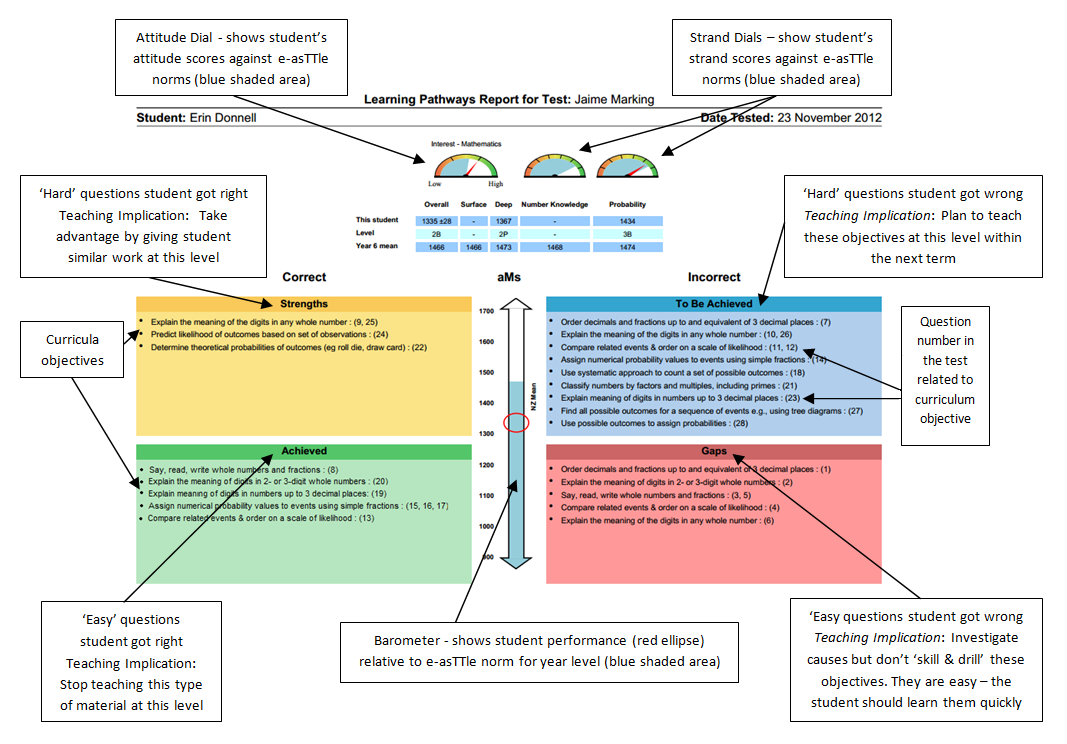As teachers are preparing overall teacher judgments for the reporting of National Standards it struck me that parents and students may not be aware of the work of a teacher. It can best be described by what you see, which is the tip of the iceberg and a huge amount of work under the surface which is the rest of the iceberg.
The tip would be what students see: delivering the lesson itself, managing the class, motivating, guiding and advising students and being actively involved in their learning inside and outside the classroom.
The unseen work includes a huge amount of planning and preparation. This includes meeting with other whanau teachers to decide on the context for each year level, each term; ensuring tasks are set which cover the curriculum strands of their learning area; setting and marking an assessment task; reporting and providing feedback and feedforward on student progress and ensuring the learning outcomes are authentic and engaging for all students (differentiation). We meet once a week after school to ensure the planning is coordinated in each whanau and also track students’ progress, identify who needs support and develop appropriate action plans.
Teachers, like our students are expected to be learners and so a professional learning and development programme is provided every week. This year our key target areas (Maori and Pacific Achievement; Numeracy and Literacy) all have team leaders who provide best practice, support and advice to teachers to improve their teaching capacity in these areas. In addition an e-pedagogy team leader is monitoring the chromebook trial and providing key lessons in the use of the google platform and other innovative digital teaching tools and methodology.
Depending on the time of year, our teachers will also be involved in the extra-curricular programme which involves practices, rehearsals, matches and performances after hours.
There are many other demands including organising excursions, attending Learning Area meetings, doing duty, completing administrative tasks like attendance, facilitating Student Led Conferences etc. This quick snapshot of the teacher’s craft may help to explain why we all look forward to our holidays!
Thankfully our task is made significantly easier by the supportive MHJC community. Your support makes our job worthwhile. Our families who assist us to create a positive learning culture and students who are co-operative and courteous help us to reach our goal…….
growing greatness – kia mana ake



